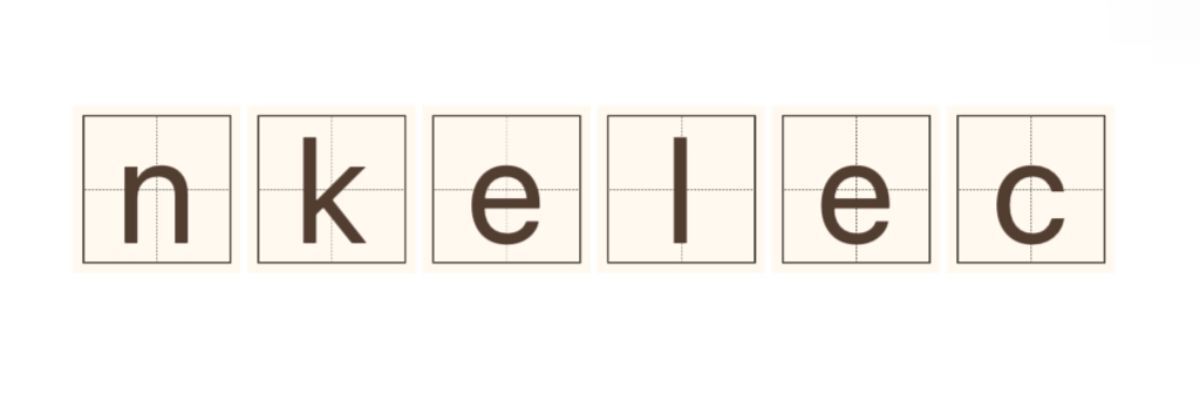Maximizing Efficiency: Wind Hybrid Storage Inverter Insights for 2025
Aug. 29, 2025
As the world gravitates toward sustainable energy solutions, the wind hybrid storage inverter emerges as a key player in optimizing energy efficiency. With advancements in technology and increasing focus on renewable sources, understanding how to maximize these systems becomes essential for both commercial and residential applications. Here are some insights to consider for 2025.
Contact us to discuss your requirements of Wind hybrid storage inverter. Our experienced sales team can help you identify the options that best suit your needs.
1. Understanding Wind Hybrid Storage Inverters
Wind hybrid storage inverters bridge the gap between wind energy production and consumption. They incorporate various energy sources, including wind, solar, and battery storage, into a single, efficient system. This versatility allows users to leverage natural energy sources while maintaining reliability. Key features include:
- Integration of multiple power sources.
- Real-time energy management.
- Enhanced storage capabilities for off-peak usage.
2. Benefits of Using Wind Hybrid Storage Inverters
The efficiency of wind hybrid storage inverters comes with numerous advantages:
- Cost Savings: By reducing dependency on traditional energy grids, users can significantly lower their electricity costs.
- Energy Independence: These systems allow users to generate their own clean energy, decreasing reliance on fossil fuels.
- Reduced Carbon Footprint: Utilizing renewable sources contributes to a smaller environmental impact.
3. Key Components to Consider
To maximize the efficiency of a wind hybrid storage inverter, understanding the essential components is vital:
- Wind Turbines: The backbone of the system, these convert wind energy into electricity.
- Solar Panels: When combined with wind resources, solar panels enhance energy generation capacity.
- Battery Storage: Critical for providing a stable power supply during periods of low production.
- Inverter Technology: Converts direct current (DC) into alternating current (AC), essential for typical household and commercial usage.
4. Future Trends in Wind Hybrid Storage Inverters
Looking ahead to 2025, several trends are expected to shape the landscape of wind hybrid storage inverters:
- Improved Energy Management Software: Innovations in digital platforms will enable better optimization of energy use and forecasting for peak demand.
- Enhanced Battery Technologies: Advancements in battery systems will increase energy storage efficiency and longevity.
- Grid Integration: These systems will increasingly collaborate with the grid to provide additional services, including peak shaving and demand response.
5. Considerations for Implementation
When implementing a wind hybrid storage inverter, potential users should consider:
- Site Assessment: Evaluating the geographical location and wind availability is crucial for system feasibility.
- Regulatory Compliance: Understanding local regulations and incentives can influence system design and cost-effectiveness.
- Financial Analysis: Conducting a cost-benefit analysis will provide insights into the long-term financial implications.
As we move toward a greener future, embracing the wind hybrid storage inverter can lead to significant improvements in energy efficiency and sustainability. By staying informed about trends and best practices, users can make the most of this innovative technology.
The company is the world’s best Battery Energy Storage Cabinet supplier. We are your one-stop shop for all needs. Our staff are highly-specialized and will help you find the product you need.
138
0
0


Comments
All Comments (0)